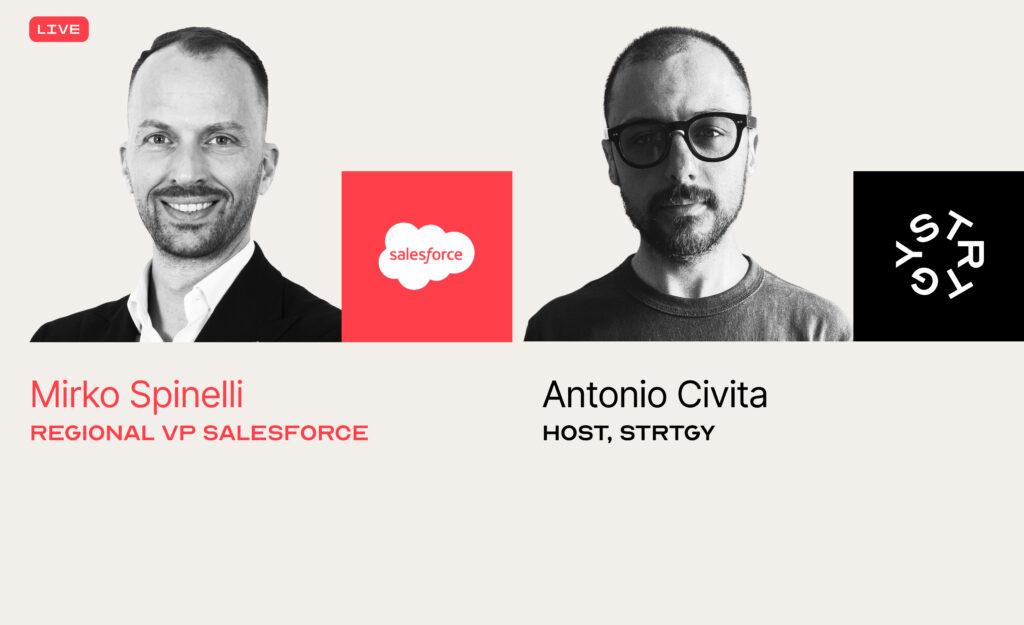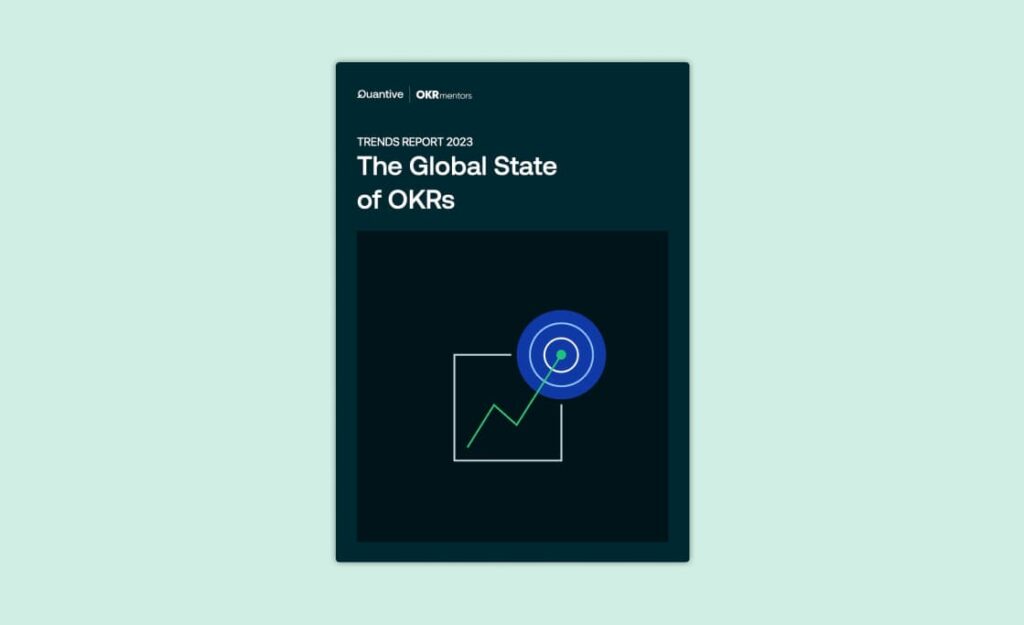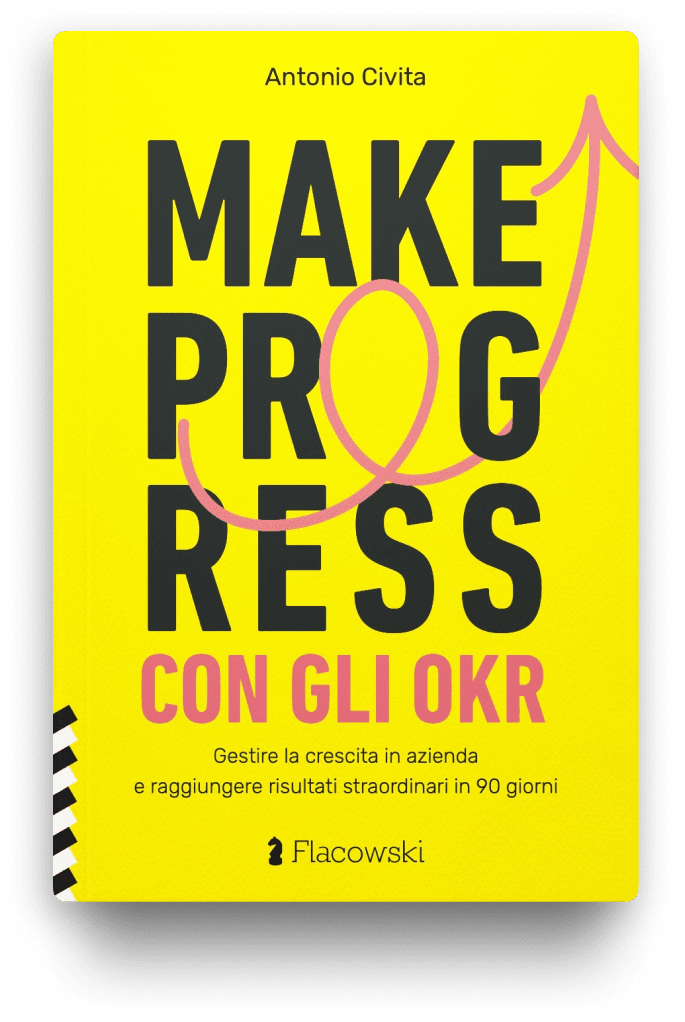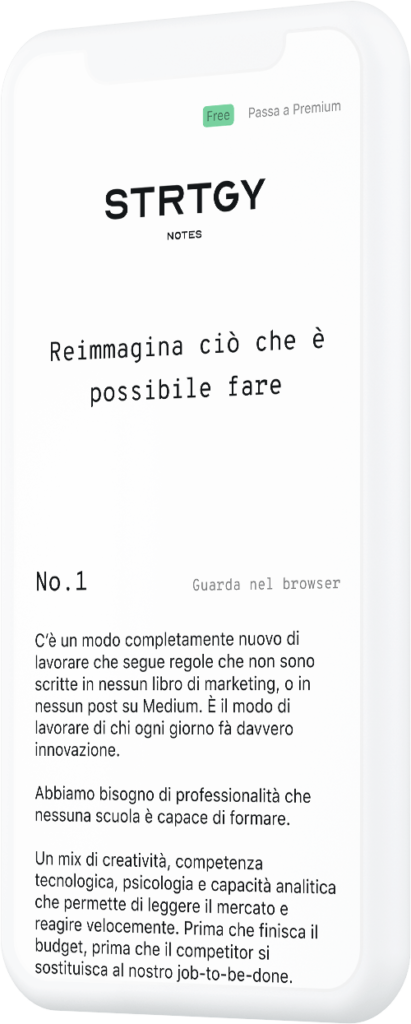Understanding OKRs can be difficult at first because this powerful goal setting methodology can be confused with other business techniques.
It is often mistaken for simply setting obvious targets, such as turnover or number of customers. In many companies, it is common to see the boss open a spreadsheet and say that you need to increase certain parameters by 10 percent. So many companies have spreadsheets, but few have well-defined sets of KPIs.
They are often confused with SMART goals, which are just another way of describing something to be done clearly.
OKRs are effective because they are not limited to defining and controlling numbers but require changing the approach to work to simplify and focus only on what really matters.
I collected five tips that would accelerate my understanding and application of OKRs. These suggestions would have avoided misunderstandings in the early days of adoption in the teams I worked with before developing the implementation method called MAKE PROGRESS with OKRs.
I hope to offer you new perspectives on understanding this management technique that will help you achieve your goals.
1. Start with the basics
Knowing the history of OKRs helps to understand that they really work. OKRs were first used by Andy Grove at Intel in the 1970s and later by John Doerr at Google. OKRs are not just a passing fad, but a method that has been tested and works well.
They are the evolution of a management model called Management by Planning, which as the name suggests is based on precisely planning and delegating actions to be taken and in linking rewards for those who worked better.
Too bad, however, that the pace of innovation and the high specialization of people in every business area makes it extremely ineffective to have a rigid strategy.
There is a piece of history that is rarely told: the OKRs owe a lot to a woman. Women are often better at strategy management than men because of their analytical skills. This woman is Cristina Wodtke, who for the first time describes goal synchronization techniques with teams.
Cristina developed this framework at Zynga, the software house responsible for Farmville, a Facebook video game that reached 10 million daily active users after only six weeks of launch. This success was described in a book entitled Radical Focus.
The methodology evolves from production lines to knowledge workers and software production. John Doerr’s book Measure What Matter was written a few years later. Cristina Wodtke’s information is not widely disseminated because her concepts were well suited to product management, which is highly developed in Silicon Valley.
OKRs work because they do not tell what to do but what outcome is important to achieve. This restores people’s autonomy, agility and sense of progress.
OKRs have changed and adapted over time. Initially, OKRs were designed for technology companies such as Intel. Today, however, they are used by many different types of companies, from small startups to large enterprises.
OKRs are malleable and make people feel comfortable using them with their teams, knowing that they can be describing specific goals and their challenges.
Probably knowing that large companies like Google have used OKRs to grow and innovate won’t make you feel more confident that OKRs will work for your organization as well. But in STRTGY you can meet hundreds of professionals who are using our tools to succeed with managing strategy by objectives.
The main ideas that make OKRs effective have not changed. Ideas such as focus, alignment, transparency, and accountability were important to Andy Grove and are still fundamental to making this management technique work well today.
2. Study real-world examples
Knowing the rules of OKRs is not enough. Real examples show how companies use OKRs in real life. When I started writing MAKE PROGRESS with OKRs, I interviewed hundreds of executives who were using them, and each response allowed me to ground each tool solidly in executive pragmatics.
Real-world examples teach us what to avoid. Observing what other companies do well or poorly, such as setting goals that are unclear or not measurable or connected to strategy. By observing the frequency of these errors, I was able to model tools to make sure that you too can avoid them by-design.
I can generate new ideas by learning from how companies achieve their goals. Whether it’s making new products, meeting sales goals or changing company culture, comparing others always ignites sparks and helps you think of new ways to succeed. Implementing OKRs with STRTGY means benefiting from these ongoing learnings.
3. Focus on alignment and transparency
Goals must be aligned with corporate strategy and long-term goals. Progress on key outcomes must be visible to all. This ensures that all team members are working toward the same end and can monitor collective progress, promoting a culture of accountability.
Alignment does not mean agreeing, it means investing resources for the same purpose. When goals and objectives coincide, from top management to individual employees, there is a clear direction that manifests itself in daily work because everyone can clearly see how their tasks fit into the big picture. Confusion is avoided, time is saved, and resources are put to good use.
Transparency means being open and honest. When leaders share the company’s goals, progress and challenges, they build trust. People feel appreciated and are more likely to work hard when they know what is going on. Transparency also helps solve problems because it encourages teamwork and open communication. For example, regular updates on the health of the company, status of projects and any problems help teams plan and avoid risks. It makes the decision-making process clear so that everyone understands why certain paths are chosen. OKRs lead by example.
Let’s talk about the elephant in the room: should the CEO also have his or her own goals? Yes, the CEO and managers must be the first to have goals and make them public in the organization. I explain everything in the book; you should read that passage.
4. Keeping it simple
The simplicity of OKRs is the selling point. I learned not to overcomplicate them. Goals must be direct and inspiring, while key outcomes must be clear and quantifiable. This simplicity helps maintain focus and ensures that everyone understands the goals and what success looks like.
Easy-to-understand OKRs make communication clear, smooth and accurate. When the goals are simple, everyone knows what to do. Clear goals and numerical results help everyone to be on the same page. This means that no one is confused about what the company wants to achieve. It is like having a map that tells everyone where to go and not generic turn-by-turn directions.
It saves time and money because goals are easy to set and monitor; managers do not have to spend a lot of time on complicated planning. This means they can focus on assisting their teams and implementing activities. Less time for planning means more time for action, saving money and increasing productivity.
Simple OKRs keep everyone motivated. People can see their progress and feel proud of their work. This makes them more enthusiastic more willing to engage. OKRs must support that energizing feeling of progress that other goal setting techniques fail to provide.
The simplicity of OKRs is the bottom line. To achieve this clarity, often overlooked complexity must be addressed.
OKRs help recover an invisible debt in the budget: strategic debt. This represents the cost of not knowing what to do, navigating by sight, and encountering unexpected obstacles. Those who participate in MAKE PROGRESS programs with OKRs work with us thoroughly on strategy before writing the first Goal. Only with a clear strategy can effective OKRs be identified. Otherwise, you risk having insignificant and counterproductive OKRs as mere replications of the current numbers.
Examples:
– If sellers’ OKRs are “increasing sales”
– If the marketing team’s OKRs are “generate more leads”
I wonder what these teams would do as an alternative?
Simple does not mean trivial; it means accurately identifying the next move with as little cognitive effort as possible.
5. Iteration and flexibility
Iterations mean improvement. When we talk about iteration, we mean making changes and improvements each time a cycle is completed. OKRs are not written in stone. They can be modified as we learn and grow. This means that if something is not working, we can change it. Iteration helps us get better and better, ensuring that our goals always match what we need.
Flexibility keeps us ready for anything. OKRs make us able to adapt when new challenges and opportunities arise. We must quickly adapt our goals to these changes. This way we are always alert and ready to handle whatever comes our way. With OKRs, it is impossible to get stuck doing things that no longer make sense.
Learning from mistakes. If a goal is not working, we can understand why and correct it. This helps us avoid repeating the same mistakes. It is like having the option of redoing homework until we get it right. Learning from mistakes makes us stronger and more successful.
Yet it seems so difficult. In a recent survey of more than 300 executives, all agreed on the importance of learning from mistakes. However, only a very small percentage were putting these words into practice and had a system for measuring strategic execution. You are in time not to be among them.
Better teamwork. When OKRs are designed well, victory is the team’s, never the individual’s. Teams can talk about what works and what doesn’t and make changes together in workflows. In this way everyone feels involved and important.
In conclusion
This advice comes from my heart and extensive experience in the field. I hope they help you navigate the vast amount of theoretical information online, which is often difficult to verify in practice.
If what I have told you makes sense to you and you are facing a business moment when OKRs could give you the acceleration and mental clarity you need, I invite you to look for some time in my calendar. I would like to meet with you and deepen what is important to you.







